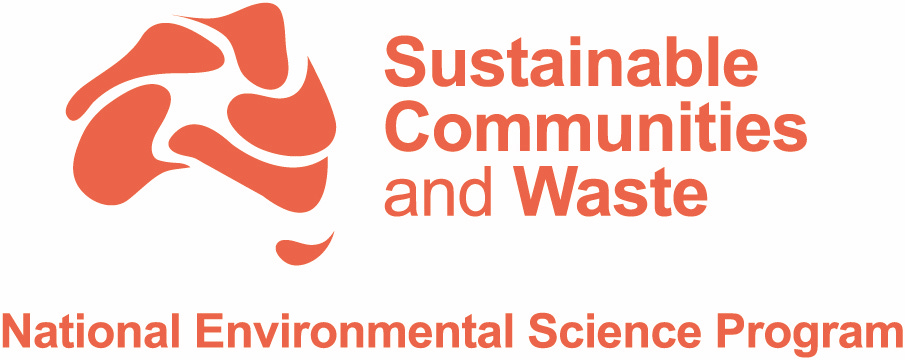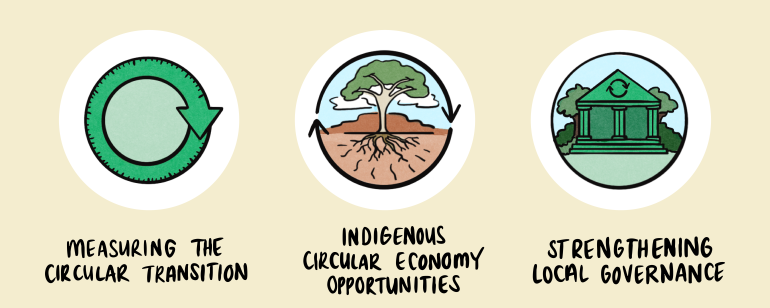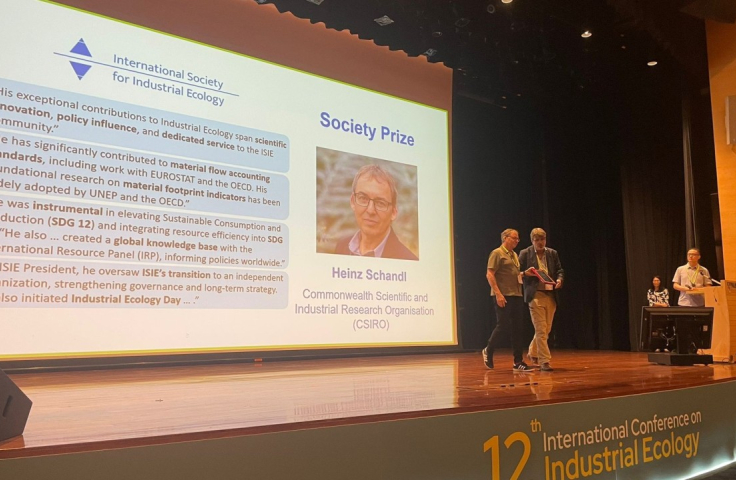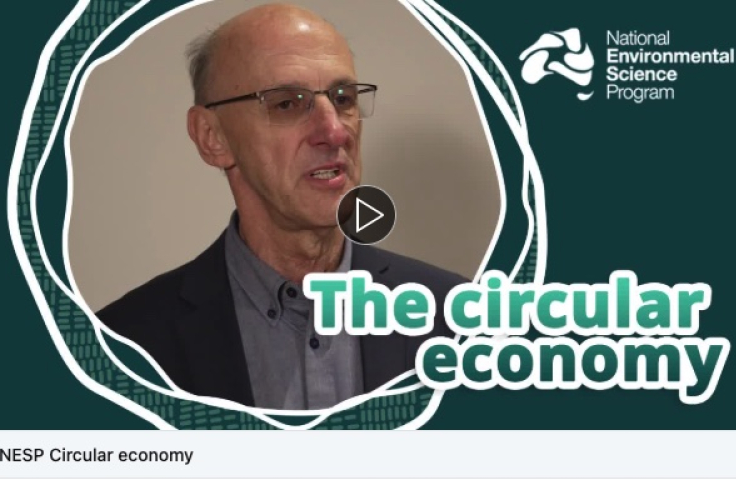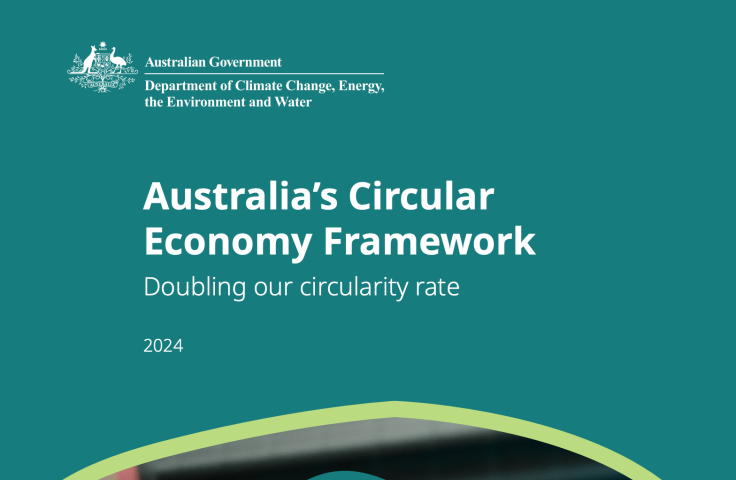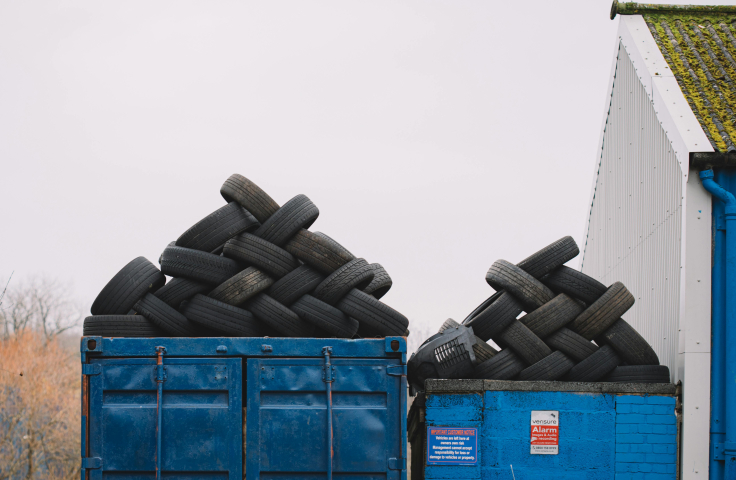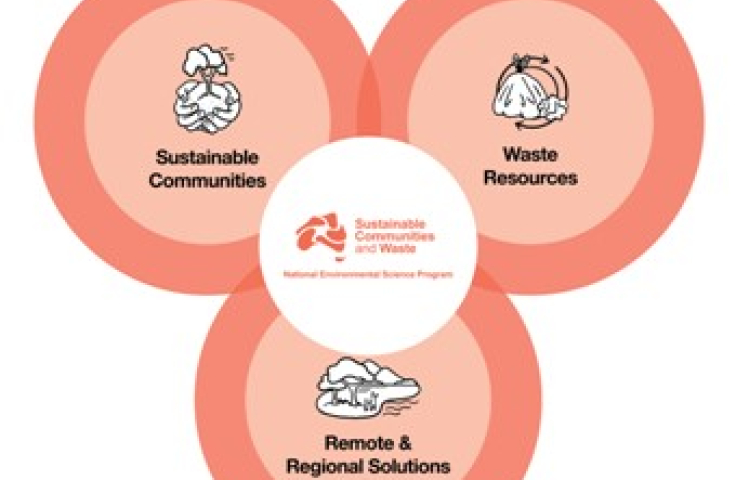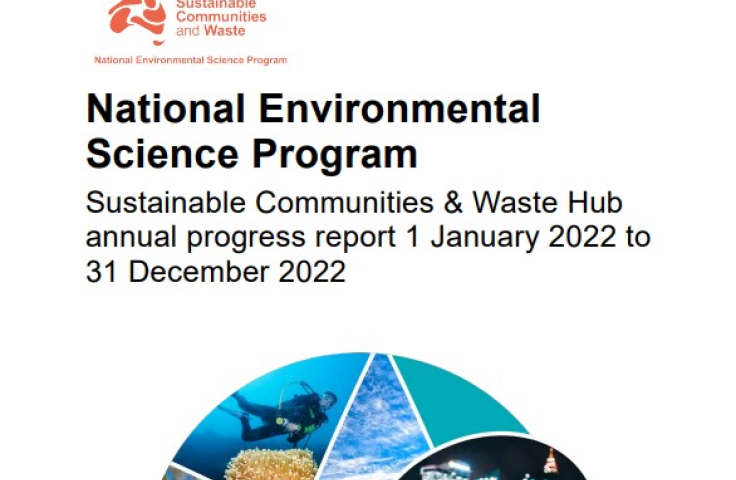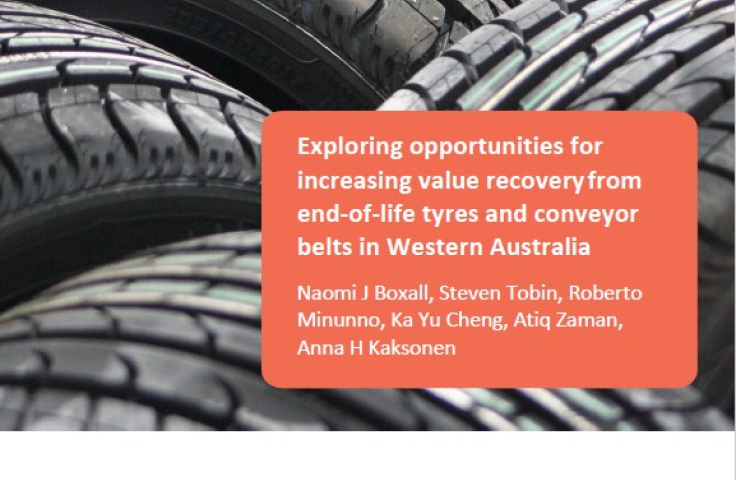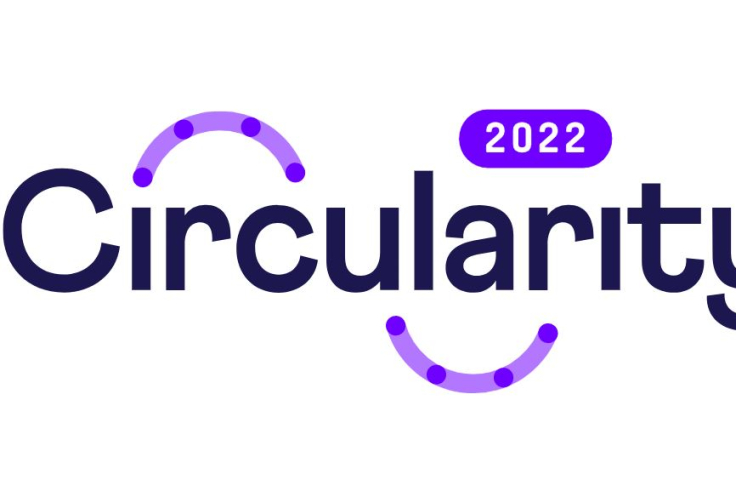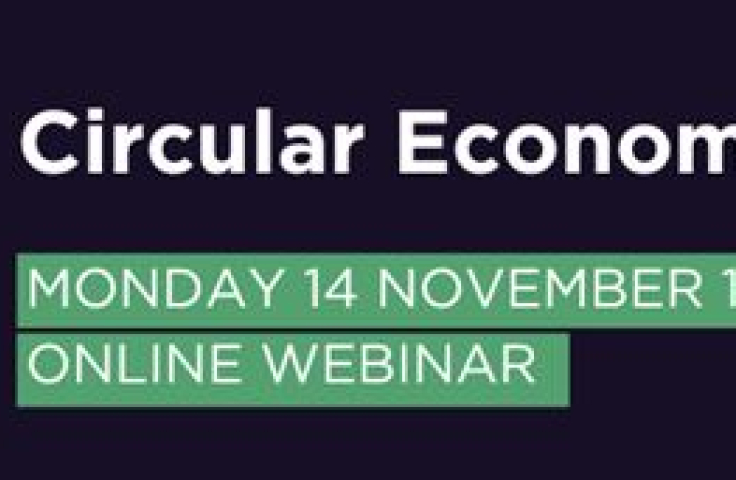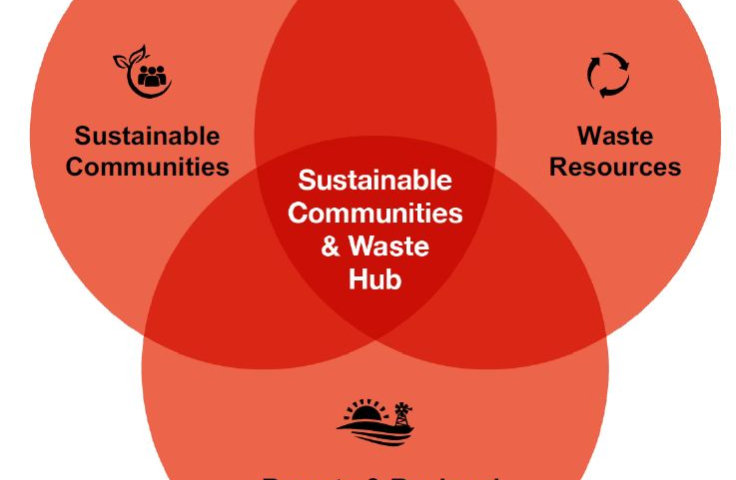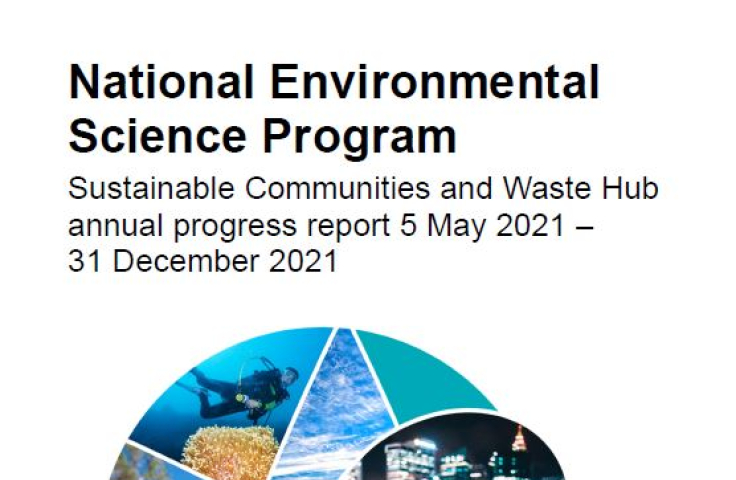Australia is transitioning towards a circular economy, but achieving this shift requires strong data, effective governance and industry innovation. Impact Priority 5 (IP5) provides research and tools to support this transition, focusing on metrics, governance, Indigenous opportunities and policy conditions for industry transformation.
IP5 has three research projects underway:
Developing metrics and data tools to measure Australia’s progress.
Why?
Measuring Australia’s circular economy progress requires accurate and accessible data. Without clear metrics, it is difficult to track changes, identify gaps, and inform policy decisions.
Who?
Project lead:
- Dr Heinz Schandl, CSIRO
Project team:
- Dr Alessio Miatto, CSIRO
What?
- Developing a material flow analysis framework to track resource use and waste generation.
- Improving national indicators for circular economy performance.
- Supporting policymakers and industry with data-driven insights.
What’s coming?
- A comprehensive report on circular economy material flows.
- New data tools and indicators for tracking circular economy progress.
- Policy recommendations for improving circular economy measurement.
Project outputs:
Australian material flow analysis to progress to a circular economy (March 2024)
Exploring how to better support circular economy initiatives in regional and remote Australia through place-based approaches.
Why?
Regional and Circular economy initiatives in rural and regional areas are more likely to stall and rely on government grants. We are investigating the ingredients and strategies that will see more initiatives thrive in regional areas.
Who?
Project lead:
- Dr Stefan Kaufman, Monash University
Project team:
- Joanna Vince, University of Tasmania
- Natalia De Mirando Grilly, University of Tasmania (PhD Student)
What?
- Identifying governance models that support circular economy innovation.
- Exploring regulatory and policy barriers to local circular economy initiatives.
- Providing practical recommendations for councils and regional authorities, as well as state and federal agencies and industry.
What’s coming?
- Case studies of successful circular economy policies at the local and regional level.
- A governance framework for enabling circular economy transitions.
- Resources for councils to support local circular economy initiatives.
Supporting Indigenous businesses and communities to engage in the circular economy.
Why?
Indigenous communities and businesses have unique opportunities to engage with and benefit from circular economy models. Ensuring these opportunities align with community values and aspirations is critical.
Who?
Project lead:
- Associate Professor Atiq Zaman, Curtin University
Project team:
- Associate Professor Shaouli Shahid, Curtin University
- Fred Yasso, Curtin University
- Rebecca Barlow, Curtin University and Deadly Denim
What?
- Identifying circular economy opportunities that align with Indigenous knowledge and business models.
- Supporting Indigenous enterprises in accessing circular economy markets.
- Providing policy and funding recommendations to enhance Indigenous participation.
What’s coming?
- Case studies of Indigenous-led circular economy initiatives.
- Practical guidance for supporting Indigenous businesses in circular economy sectors.
- Policy recommendations to ensure equitable participation in circular economy opportunities.
Understanding what’s needed to scale circular economy solutions, with a focus on tyre recovery.
Why?
Scaling circular economy solutions requires the right economic and policy conditions. Understanding what drives industry change can help shape effective policies and investments.
Who?
Project lead:
- Dr Anna Kaksonen, CSIRO
Project team:
- Dr Benjamin Gazeau, Curtin University
- Ana María Cáceres Ruiz, Curtin University
- Dr Ka Yu Cheng, CSIRO
- Dr Roberto Minunno, Curtin University
- Associate Professor Atiq Zaman, Curtin University
- Dr Naomi Boxall, CSIRO
What?
- Analysing economic drivers and barriers to circular economy adoption.
- Investigating industry case studies, with a specific focus on end-of-life tyres and conveyor belts.
- Providing policy recommendations to support circular economy innovation.
What’s coming?
- A report on economic conditions for scaling circular economy solutions.
- Case studies on tyre recovery and other circular economy industries.
- Policy insights to support industry and government in accelerating circular economy transitions.
Project outputs:
Report: Improving the circularity of end-of-life tyres and conveyor belts (Sept 2024)
Industry Snapshot: Circular opportunities for end-of-life rubber (Sept 2024)
Australian material flow analysis to progress to a circular economy (March 2024)
Projects are approved via whole of Hub annual research plans each year.
IP5 2025 research projects from Research Plan 2025.
IP5 2024 research projects from Research Plan 2024.
